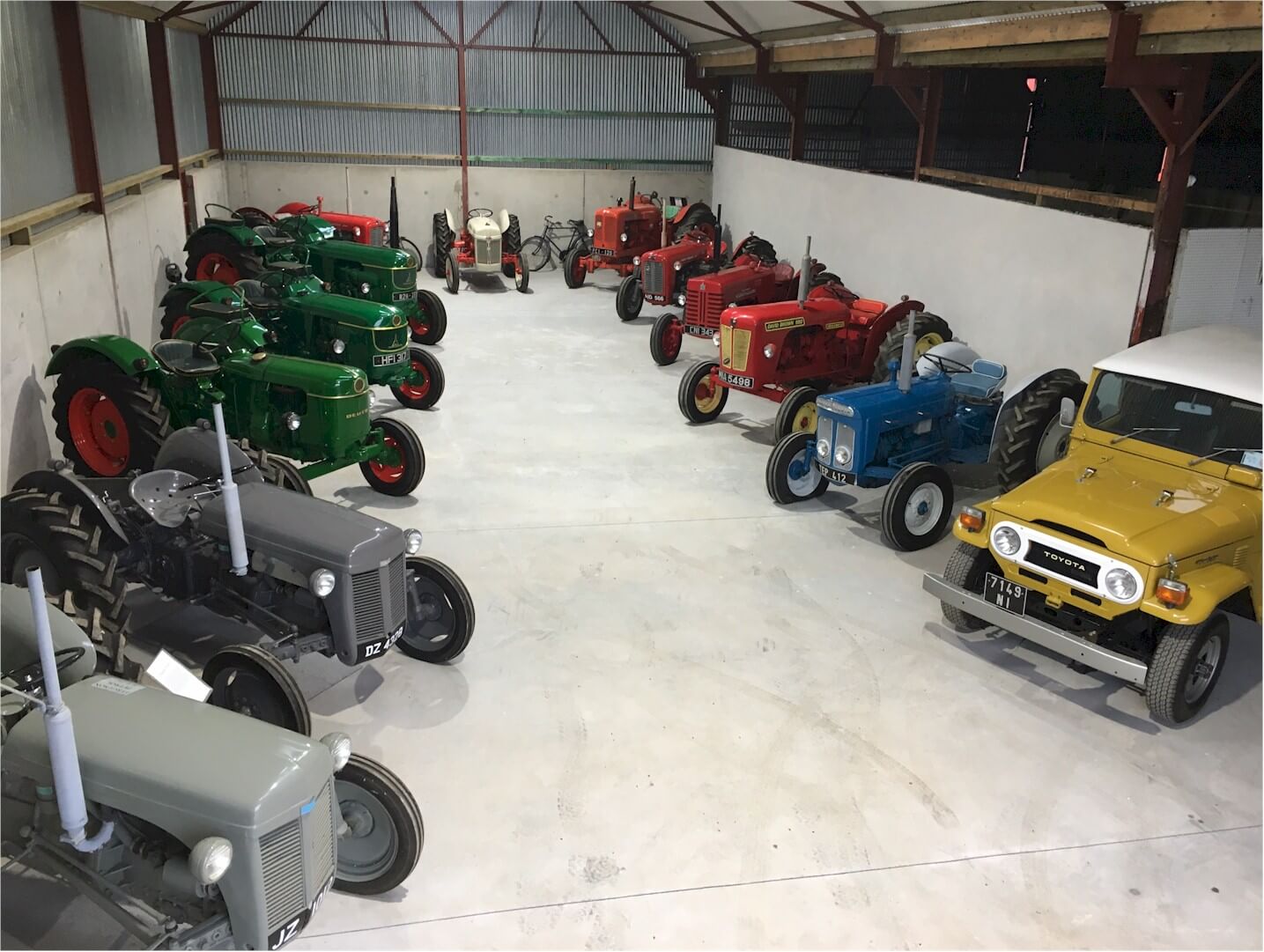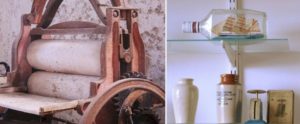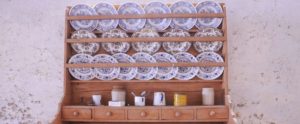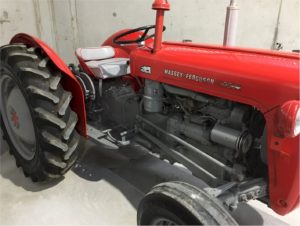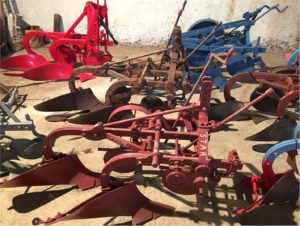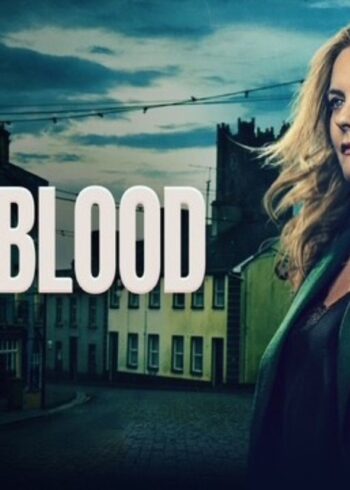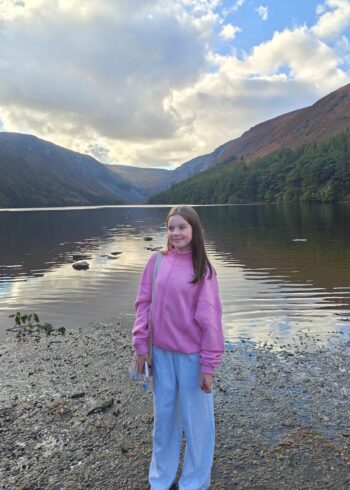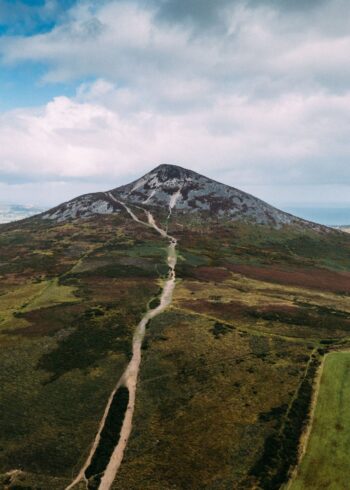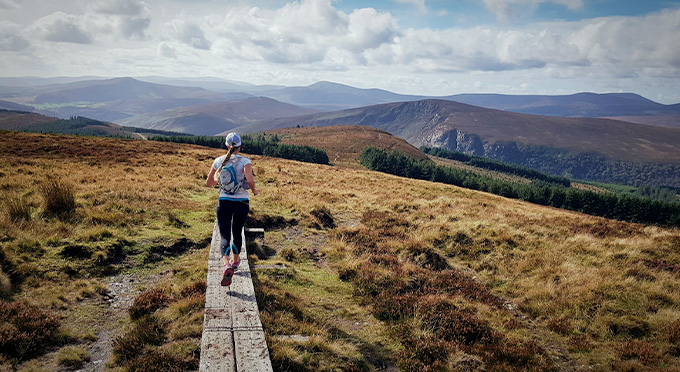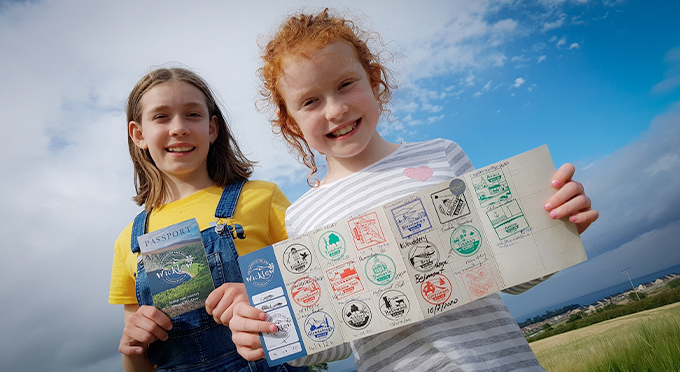A rural history unit showing the evolution of Irish farm life.
Historical Agriculture Centre:
The Coolakay Agriculture Museum is a representation of Irelands farming heritage. It shows the evolution of Irish farm like from the early 18th century up to the present day. On display at the museum is a collection of farm implements and machinery dating back to the early 1700’s which is of fascinating interest as the implements give a wonderful and accurate historical account of country life in Ireland.
Admission rates – €6 per adult, €3 per child over 12, €5 senior citizen, Children under 12 free
For more information or to arrange guided tour contact Robert Roe on 01-2862423 or 0862639960.
Evolution of Irish farm Life:
Through is wide ranging collection from the earliest farm implements to the modern machinery the museum presets visually the whole evolution of the typical Irish farmers working way of life from early sickles to the first combines. Farming practices and way of life have changed radically since man first cultivated crops and domesticated animals, and the history of farm implements is both interesting and illustrative. However it is really only in the past 150 years that changes have occurred brought about be the advent of agricultural mechanisation with the development of farm machinery to replace the horse and manpower which for centuries had carried out everyday farm tasks.
Although Ireland is still predominately an agricultural country, there are far fewer men and women working on the farm, largely due to the advance of agricultural technology. Today a farmer can carry out the work of 10 men, in one tenth of the time. These changes have also had a bearing on the social history of rural Ireland. The museum documents the development of farming methods and progression from simple early farm implements, and long use of the horse on the farm, to modern mechanisation. Moreover it captures a past way of life of the Irish farmer and the country’s rural heritage.
Farm implements on show:
With agriculture mechanisation only really taking place during the 19th and 20th Centuries, the farm implements and machinery displayed are mostly from these periods. The display sets out the progression of implements used in a particular farming activity, such as harvestings the corn. You can see the early sickles from the 1700’s (in use during middle ages) and scythes dated back to the late 1800’s then the horse-drawn reaping machines introduced to Ireland at the turn of the century, followed by the binder from the 1940’s that both cut the corn and bound the sheaves and finally the first combines. These early trailer combines were first used in Ireland in the 1950’s, preceding today’s self compelled combine harvester.
The evolution of implements for hay-making is also documented, from the early sickles and scythes and the horse drawn mowing machine to the tractor-drawn machines.
There is a variety of horse-drawn carts and pony traps on show, some of which, like the jaunting cart, are still in use in parts or Ireland. The earliest tractors make a splendid display too, alongside a variety of ploughs from the late 1800’s up to the present day, mowers, harrows, corndrills, winnowing machines and threshing mills.
The hand-threshing mill at the museum is one of the last remaining in Ireland. Dating back to the mid-1800’s it is an early example replacing the flail used for many centuries.
The display includes a collection of smaller implements used on the farm, such as the earliest modern day churns, weighing scales with one pair dated 1794, farm tools, etc and a range of farm kitchen and bedroom ware.
Tractors:
Robert has a number of award winning tractors on display all in full working order. Most notable are the collection of Dautz tractors which have been lovingly restored to their original glory. The Dautz collection includes the D30, D40 and D55. Our tractors dates from 1947 to present day.
